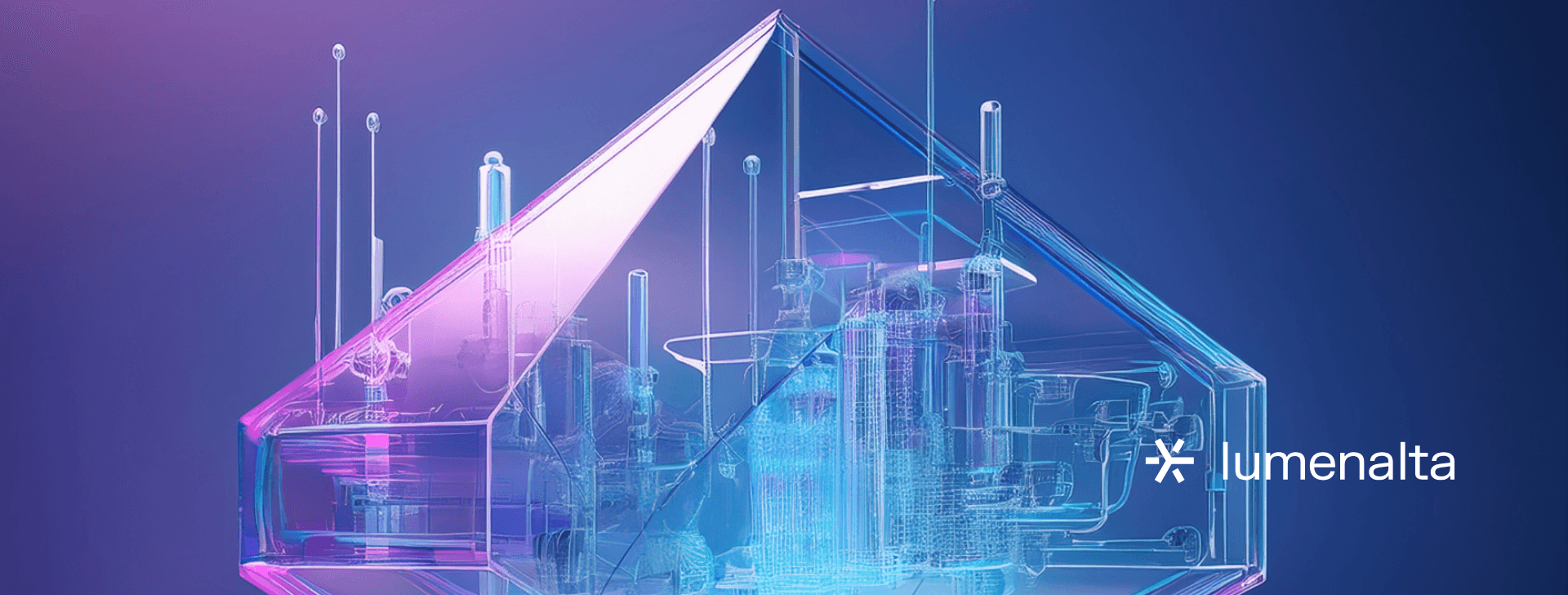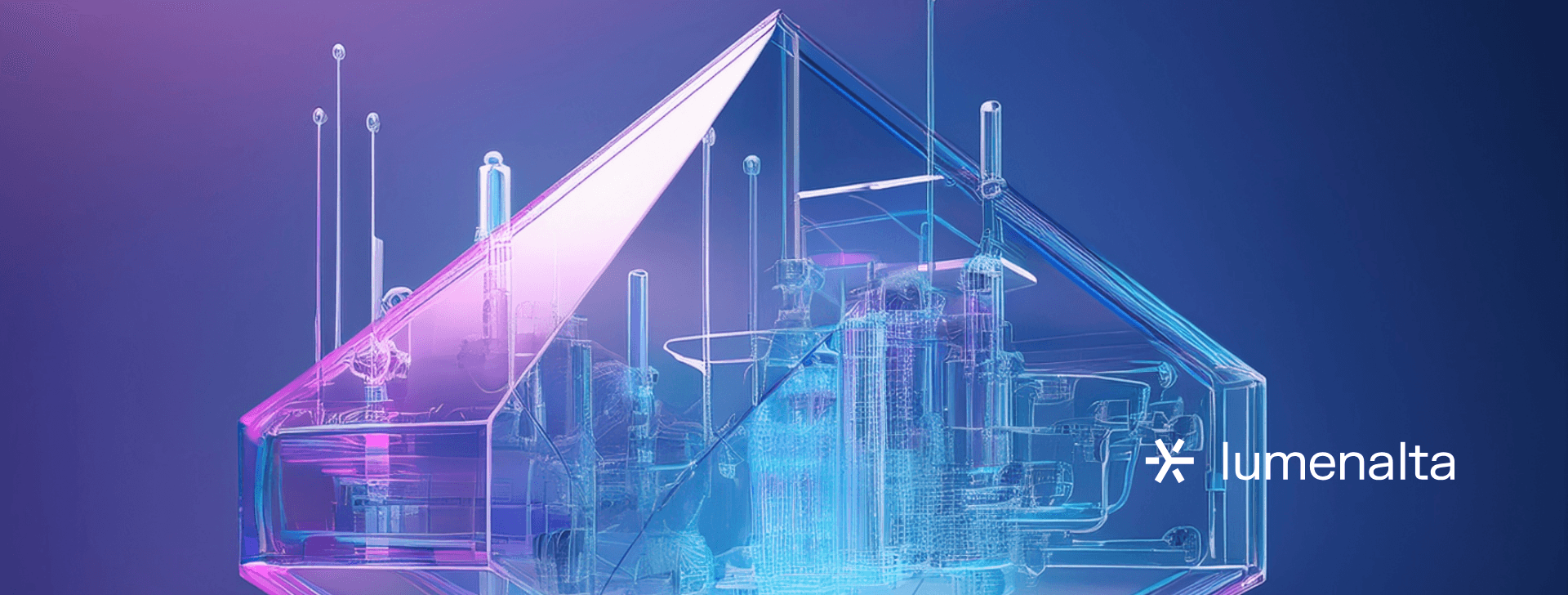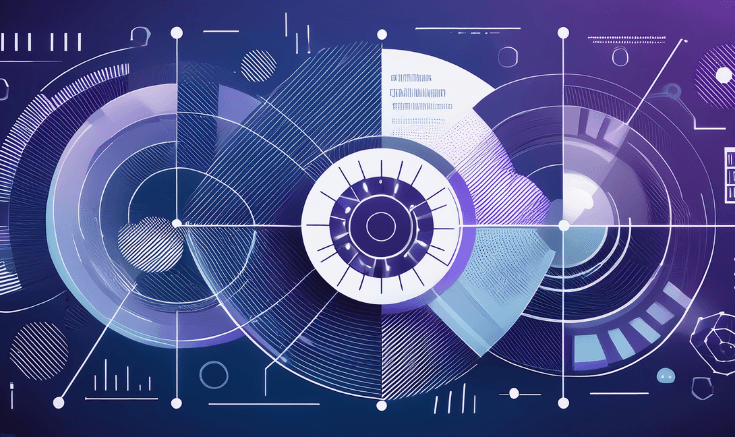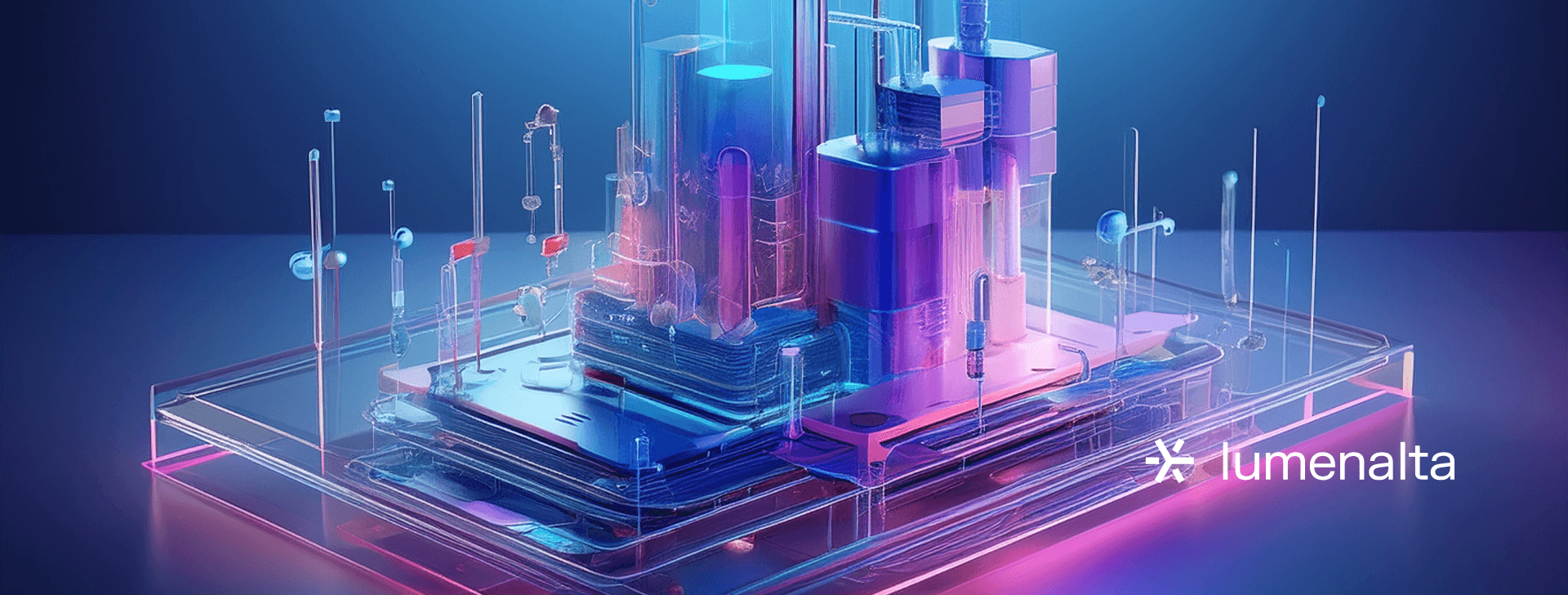

5 key benefits of AI software testing tools
APR. 23, 2025
3 Min Read
AI software testing tools provide a powerful way to accelerate software releases and maintain high-quality standards.
Many teams rely on these solutions to maximize coverage, reduce maintenance requirements, and detect issues early. Quick feedback loops support faster time-to-value, which leads to better alignment with customer expectations. Organizations often find that these gains enhance their software development strategies and support long-term efficiency.
key-takeaways
- 1. Comprehensive coverage leads to fewer overlooked defects and a lower chance of production downtime.
- 2. Reduced script maintenance allows teams to reallocate resources toward innovation and growth.
- 3. Faster test execution cuts delivery timelines and supports quicker ROI on development efforts.
- 4. Data-focused defect detection boosts accuracy, saving time by focusing only on genuine problems.
- 5. Smooth integration with CI/CD pipelines supports continuous testing for regular, high-quality updates.
5 key benefits of AI software testing tools

AI software testing tools often serve as a strategic advantage for teams seeking faster release cycles and improved application stability. These solutions rely on machine learning to spot patterns in codebases and predict potential problem areas before they escalate. Many business decision-makers see the value in automating repeatable tasks and freeing resources for high-level problem-solving.
1) Enhanced test coverage
Teams that adopt AI software testing tools frequently achieve broader validation across multiple platforms and configurations. Comprehensive coverage reduces the chances of missing critical flaws that could stall releases. Machine learning allows the system to learn from historical test data, predicting likely weak points in new features or updates. This approach empowers teams to focus on strategic initiatives instead of manually writing test scripts for each scenario.
Expanding coverage in this manner often leads to fewer reported issues in production, improving customer satisfaction and brand trust. This approach also reduces the need for last-minute fixes that can disrupt timelines and inflate budgets. A thorough testing process protects your software assets from vulnerabilities. Business development managers (BDMs) often see immediate returns, with consistent coverage lowering the risk of costly post-launch repair work.
2) Reduced maintenance efforts
Maintaining test scripts can often be a cumbersome task that drains time and resources. AI automation testing tools can detect application changes and adjust scripts automatically, minimizing the need for manual updates. This automated adaptability is a practical strategy for large projects with frequent code revisions. The result is smoother workflows and a reduction in overhead costs.
Reduced script upkeep also helps developers concentrate on delivering new features that drive growth. AI-based automation testing tools also adapt to changes in application architecture by analyzing build logs and deployment patterns. This shift promotes better alignment between quality assurance and development teams, leading to more predictable release schedules. Many companies find this approach significantly cuts staffing expenses, as fewer specialists are needed to maintain test suites. Those seeking efficient methods to scale testing see these benefits as a key driver for adoption.
3) Faster test execution

Testing cycles often delay software launches, especially when manual processes require additional scrutiny. AI-based test automation tools address this through parallel or selective testing. Multiple test suites can run simultaneously, saving hours or even days in the development schedule. This speed advantage is especially significant in markets that require frequent updates.
Shorter test cycles free up resources for tasks like feature optimization and product enhancements. Teams gain the agility to fix defects quickly, allowing for more iterative improvements in the software lifecycle. This approach often results in higher ROI, as faster releases translate to reduced time-to-value. Many BDMs recognize this outcome as a major factor in maintaining project momentum and meeting customer expectations.
4) Improved accuracy in defect detection
Some errors slip through manual checks due to human fatigue or oversight. AI tools for software testing rely on data-backed methods to identify subtle patterns that might indicate deeper issues. This precision cuts down on false positives and helps teams focus on real concerns. The system learns from previous test cycles, which refines its ability to pinpoint high-risk areas in new builds.
Better accuracy safeguards your software’s reliability, protecting your brand reputation and client satisfaction. Teams also gain valuable analytics that inform decisions on code refactoring, architecture improvements, or resource allocation. This data-powered approach paves the way for consistent releases and a strong user experience. Many organizations track measurable quality improvements that link back to improved detection capabilities.
5) Seamless integration with CI/CD pipelines

Continuous integration and continuous delivery (CI/CD) methods rely on prompt feedback loops for optimal efficiency. AI software testing tools align well with this approach, running tests automatically as new code is committed. Integrating these tools into CI/CD platforms offers real-time insights into code stability, reducing bottlenecks in the delivery pipeline. This synergy offers quick turnaround on bug fixes, a key requirement for modern software teams.
Teams that adopt this model see faster confirmation of software changes, which accelerates deployment schedules. Consolidating test execution within the existing workflow also reduces the chance of missing critical steps. This integrated cycle becomes a strategic advantage for BDMs who need to accelerate time to market while preserving quality. Streamlined pipelines often lead to measurable gains, including reduced time-to-value and stronger market positioning.
“AI software testing tools often serve as a strategic advantage for teams seeking faster release cycles and improved application stability.”
Challenges in adopting AI software testing tools

Teams that consider AI software testing tools often face some practical barriers. Certain development cycles demand consistent team buy-in, especially when older testing methods have been in use for years. Others encounter complexity in data quality, leading to inaccurate or inconsistent machine learning models.
- Limited stakeholder understanding: Sometimes teams are unsure how AI-based automation testing tools truly fit into the broader QA strategy. Skepticism arises without clear demonstrations of value or ROI.
- Integration constraints: Many legacy systems are not designed to work well with modern frameworks. Complications arise when trying to connect new AI software testing tools to older architectures.
- Resource allocation: Shifting from manual to automated testing requires specialized training. Management often finds it challenging to reassign staff or invest in upskilling.
- Data management hurdles: Machine learning relies on comprehensive, high-quality datasets. Missing or duplicated information leads to imprecise testing outcomes.
- Cost concerns: Initial setup fees and licensing costs for AI tools for software qa can be significant. Some companies wait for proven returns before investing in advanced solutions.
Addressing these issues often involves transparent communication across all relevant stakeholders. Many organizations find it helpful to start with a pilot program that demonstrates tangible benefits in a controlled setting. Some teams also raise the question: should developers use AI tools during coding tests, or should this approach wait until later in the release cycle? Another area of interest is how to use AI for A/B testing tools, particularly for refining user experiences and maximizing conversions. This strategy refines workflows and clarifies the value proposition before a larger rollout.
“Certain development cycles demand consistent team buy-in, especially when older testing methods have been in use for years.”
Strategies to optimize AI software testing tool implementation

Prioritize data readiness
Machine learning models often rely on accurate, relevant inputs to function well. This means gathering clean historical data from past test cycles, source code, and user feedback. Testing teams who start with a thorough data audit often catch gaps or inconsistencies that would derail automated processes. A structured approach to data readiness boosts confidence in initial pilots and quickens the realization of business impact. The outcome is fewer false positives, more accurate coverage, and an immediate contribution to speed-to-market goals.
Empower the right skill sets
Technical specialists accustomed to manual QA might need specialized training to master AI-based automation testing tools. Upskilling programs that focus on coding best practices and data science fundamentals often yield stronger results. Many teams also benefit from knowledge sharing across departments to foster a collaborative culture. Investing in the right skill sets speeds up problem resolution when new features are introduced. This emphasis on skill-building leads to smoother adoption and lowers the risk of abandoned AI projects.
Establish robust monitoring frameworks
Tracking key metrics allows organizations to measure progress and make adjustments as needed. Some adopt a continuous feedback loop for test performance, coverage rates, and defect detection accuracy. Leaders can set specific milestones to gauge if AI tools for software testing are delivering the desired returns. Clear benchmarks keep everyone aligned on outcomes such as time-to-value, cost savings, and code quality. This visibility is vital for scaling the solution in a way that meets evolving business needs without causing disruptions.
AI software testing tools present a strong path for businesses looking to expedite releases, enhance coverage, and cut QA overhead. Early adopters often realize measurable returns that help justify the initial investment and resource commitment. Every organization has unique needs, so starting with a focused pilot and prioritizing thorough data preparation often paves the way for success. Long-term gains include improved cost efficiency, stronger stakeholder trust, and consistently high-performing software.
AI software testing tools are not just a technical upgrade—they’re a practical route to faster, more cost-effective QA processes. Automated workflows unlock reliable performance and allow your team to focus on strategic innovation. At Lumenalta, we build integrated testing solutions that align with your business goals, ensuring you’re prepared to deliver value. Let’s chart a brighter path forward.
table-of-contents
- 5 key benefits of AI software testing tools
- 1. Enhanced test coverage
- 2. Reduced maintenance efforts
- 3. Faster test execution
- 4. Improved accuracy in defect detection
- 5. Seamless integration with CI/CD pipelines
- Challenges in adopting AI software testing tools
- Strategies to optimize AI software testing tool implementation
- Common questions about AI software testing tools
Common questions about AI software testing tools
How do AI software testing tools support faster releases?
Should developers use AI tools during coding tests?
Are AI-based test automation tools expensive to maintain?
Which industries benefit most from AI-based automation testing tools?
What is the difference between AI tools for software testing and AI tools for software QA?
Want to learn how AI-led automation can lower costs and increase trust in your operations?









